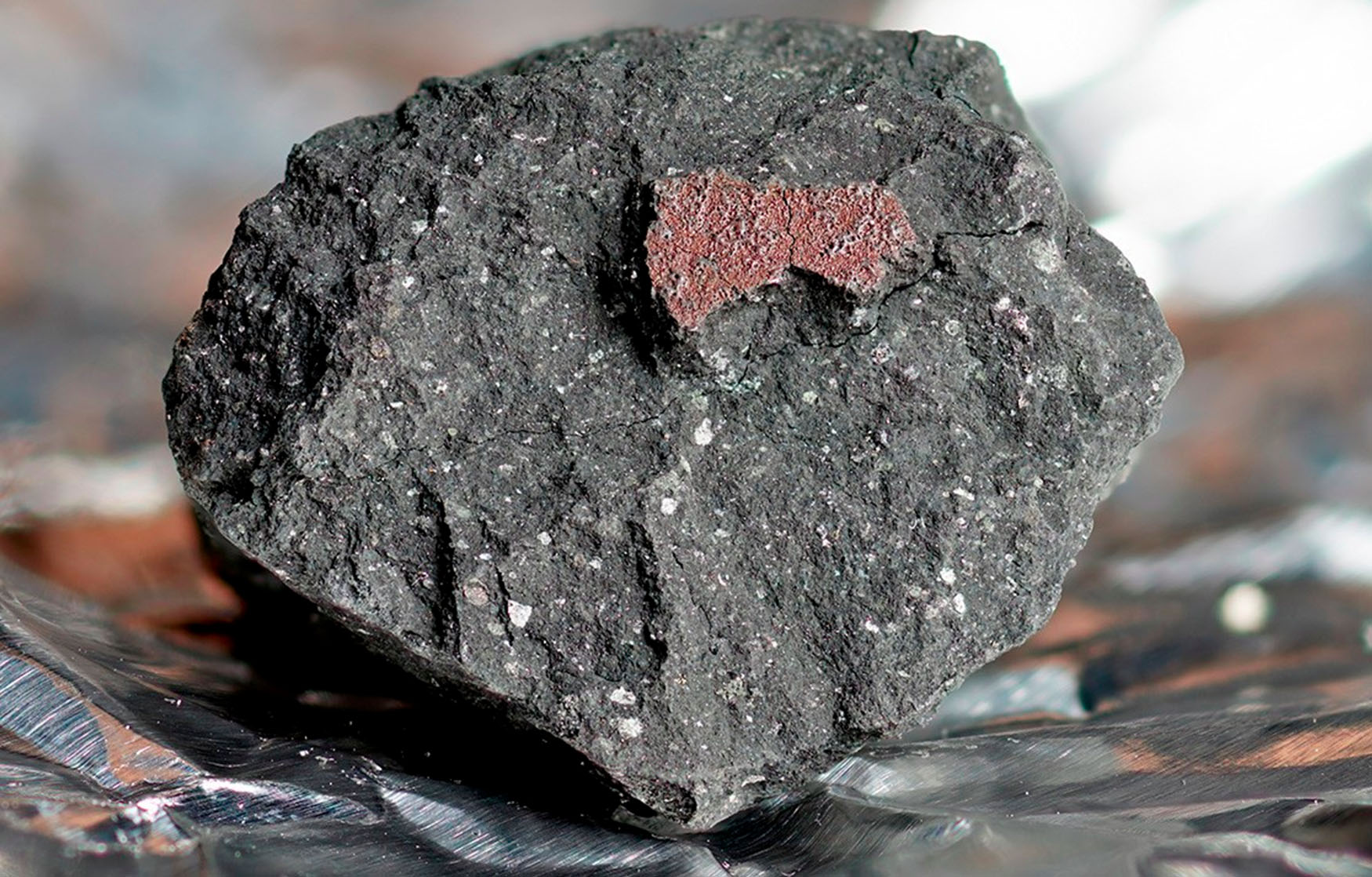17-Pound Meteorite Found In Antarctica Could Answer Questions About Earth's Formation
Meteorites look pretty when they fall through our atmosphere, but these light-show-causing space rocks can also teach us more about our planet, too. In fact, a 17-pound meteorite found in Antarctica could help us learn more about how Earth formed, according to Gizmodo.
At least, that's the hope. Researchers combing the surface of Antarctica for meteors managed to find five meteorites hiding in the tundra, including one that weighed almost 17 pounds. While the size of a meteorite doesn't rule it out as being effective for research, finding space rocks this big just doesn't happen that often, as they break up in our atmosphere.
As such, the discovery of this massive meteorite has left scientists hopeful that it could shed some light on how Earth formed by telling us more about the universe. Most times, meteorites are the offshoots of debris from comets, like the once-in-a-lifetime comet making its way through our inner solar system. They can tell us more about how our planet formed and where Earth's water came from.

When this debris hits Earth, it can reveal details about other parts of space that it has traveled through, including parts from the early universe. The hope is that any meteorites we find might help us deduce more of the building blocks that helped our planet form as a habitable world where life can not only exist, but it can also thrive.
With the hunt for alien life turning up very little in the past decade, scientists are always looking for more clues to help them find new ways to detect alien life on exoplanets and other worlds. A lot of this process can be made easier by looking at the materials that make up meteorites, because it can tell us much about the material that makes up those planets.
The five meteorites that were discovered most recently in Antarctica will be analyzed at the Royal Belgian Institute of Natural Sciences to determine whether or not they can help us learn more about how Earth formed, and what kind of rocky material might lie deep beneath the surface of our planet at its core.
